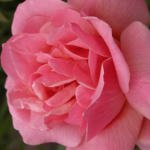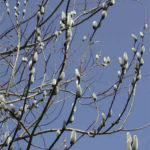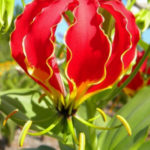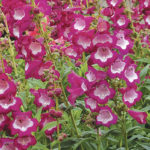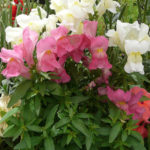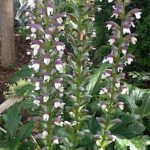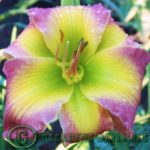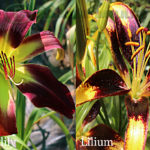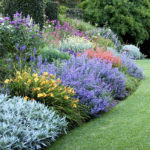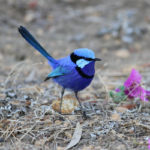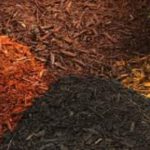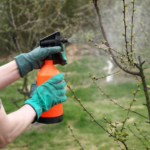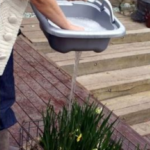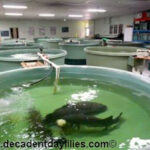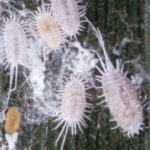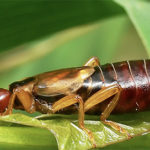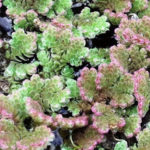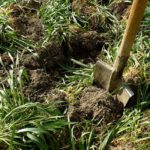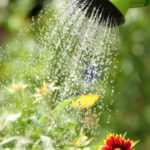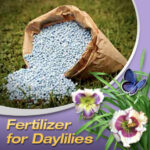
Growing and Caring for Fiddle Leaf Fig Tree in Australia
How To Grow and Care for Fiddle Leaf Fig Tree

The tropical tree known as the fiddle leaf fig is a species that is indigenous to certain regions of Africa. Because the leaves of the tree are fashioned like a violin, the tree got its name from that characteristic. It is common practice in many regions of the globe, including Australia, to have a fiddle leaf fig plant in the home whether it be fake or alive. The tree is well-known for its propensity to flourish in hot and humid settings, as well as for the size and sheen of its leaves. Anyone in Australia is capable of effectively planting and caring for a fiddle leaf fig tree if they have the necessary level of preparation and level of understanding.
Learn how to successfully care for and grow a beautiful fiddle leaf fig tree with our step-by-step guide. Get the lush, full foliage you’ve been dreaming of!
The Right Climate for a Fiddle Leaf Fig
Due to the fact that the fiddle leaf fig tree is a tropical plant, it is possible to grow it in your outdoor garden and acclimatise it to full sun in regions of Queensland that have a humid climate and do not experience frosts. This will allow it to thrive successfully outside.
During the winter months, in other areas of Australia, you will need to bring your fiddle leaf fig indoors if you live in an area that has frigid winters. It is recommended grown as house plants indoors that fiddle leaf figs are grown at temperatures that range from 18C to 25C since this provides the best growth conditions indoors. The fiddle leaf fig leaves will begin to brown and fall off when the temperature drops to below 15C anywhere.
Planting Your Fiddle Leaf Fig
When it comes to planting your fiddle leaf fig tree, there are a few essential things that you need to keep in mind.
- To begin, you must make sure that you pick a location that gets a good amount of sunlight that is not directly overhead, to begin with. Fiddle leaf figs require bright light, and indirect light indoors in order to thrive. If you place them in an area that receives too low light with too much shade, they will not do as well.
- The second thing you need to do is check to see that the soil you are using has good drainage. Because fiddle leaf figs do not like to be in soil that is too wet or too soggy. It is essential that the soil in which they are grown has good drainage.
- Thirdly, when you plant your fiddle leaf fig, you need to ensure that you do so in a container that is big enough to accommodate the plant’s roots. Because fiddle leaf figs have such large roots, they quickly outgrow even a moderately sized container.
- Fourthly, it is essential to be aware that fiddle leaf figs are not tolerant of frost and should not be planted outside in regions where the temperature can fall below freezing because this can kill the plant.
Now that you are familiar with the factors that should be taken into account before re-planting your fiddle leaf fig let’s go over how the plant should actually be planted.
To get started, choose a container that is the next size up and then fill the pot up with quality potting soil that has adequate drainage. When the container is completely full, you should next dig a hole that is roomy enough to hold the roots of your fiddle leaf fig. After carefully inserting the plant into the hole, backfill the surrounding area with soil. After giving your fiddle leaf fig a good amount of water, you should position it in a spot that gets a lot of sunshine but not direct sunlight.
Fertilising to Feed Your Fiddle Leaf Fig
The fertilisation of your fiddle leaf fig is an essential component in maintaining the plant’s health and promoting its growth. In order for you to be successful when it comes to fertilising your fiddle leaf fig, there are a few things that you will need to keep in mind at all times.
- To begin, it is essential to make use of a fertiliser that has been created with fiddle leaf figs in mind precisely. If you use the incorrect fertiliser, you might end up killing your plant.
- Second, during the growth season, you should water your plant first then use a half strength liquid & soluble fertiliser to fertilise your fiddle leaf fig every two weeks. It will survive without fertiliser during the dormant winter season.
- Lastly, if you are applying fertiliser to your plant, be sure to do it in accordance with the guidelines that are printed on the box of fertiliser you use. Otherwise your plant may suffer damage from over-fertilisation.
How To Take Cuttings of a Fiddle Leaf Fig
Fiddle Leaf Figs Trees can be increased quickly and easily.
Take your own plant’s cuttings in the spring and early summer. By doing this, you may also encourage your mother plant to bush up and spread out rather than develop upward on a single stem many metres tall.
Select a cutting with firm tip growth. This should be at least 10 centimeters long and have two nodes. Cuttings should then be planted in a 12cm pot with an equal mixture of peat, perlite, and coarse sand designed for cutting propagation.
Caring for Your Fiddle Leaf Fig Indoors
There are a few essential considerations to make when it comes to providing proper maintenance for your fiddle leaf fig tree.
- To begin, the survival and growth of these trees are contingent upon the presence of robust and indirect light. It is possible that you may need more artificial lighting if you reside in a location that has a low amount of natural light.
- Second, while fiddle leaf figs should be irrigated often, they should not get an excessive amount of moisture. Before you water the soil again, ensure the top few inches have had a chance to dry off. Because root rot may result from overwatering, it’s best to err on the side of caution while watering.
- Your fiddle leaf fig tree should be fertilised with a slow release fertiliser as well every few months that has a balanced composition. Your tree will be more likely to get the nutrients it needs to maintain its robust and healthy growth if you do this.
If you give your fiddle leaf fig tree the attention and care that it needs, you will be able to enjoy it for many years to come.
Conclusion
The fiddle leaf fig tree is a fantastic option for those who are searching for a trendy low-maintenance houseplant that offers a high level of return. These evergreen trees have the potential to flourish inside for many years if they are provided with the appropriate conditions and care. We hope you will give cultivating a fiddle leaf fig a go if you like a good challenge and are up to the task!


